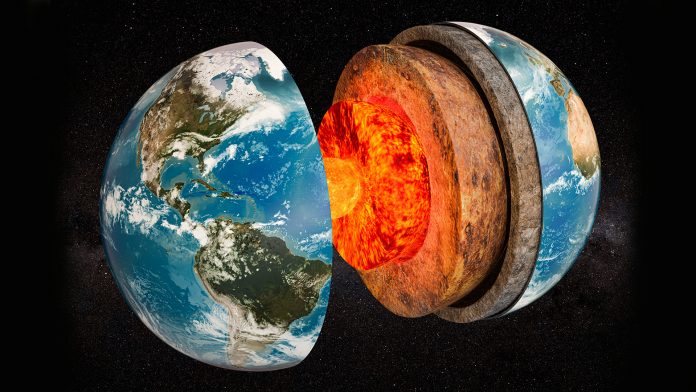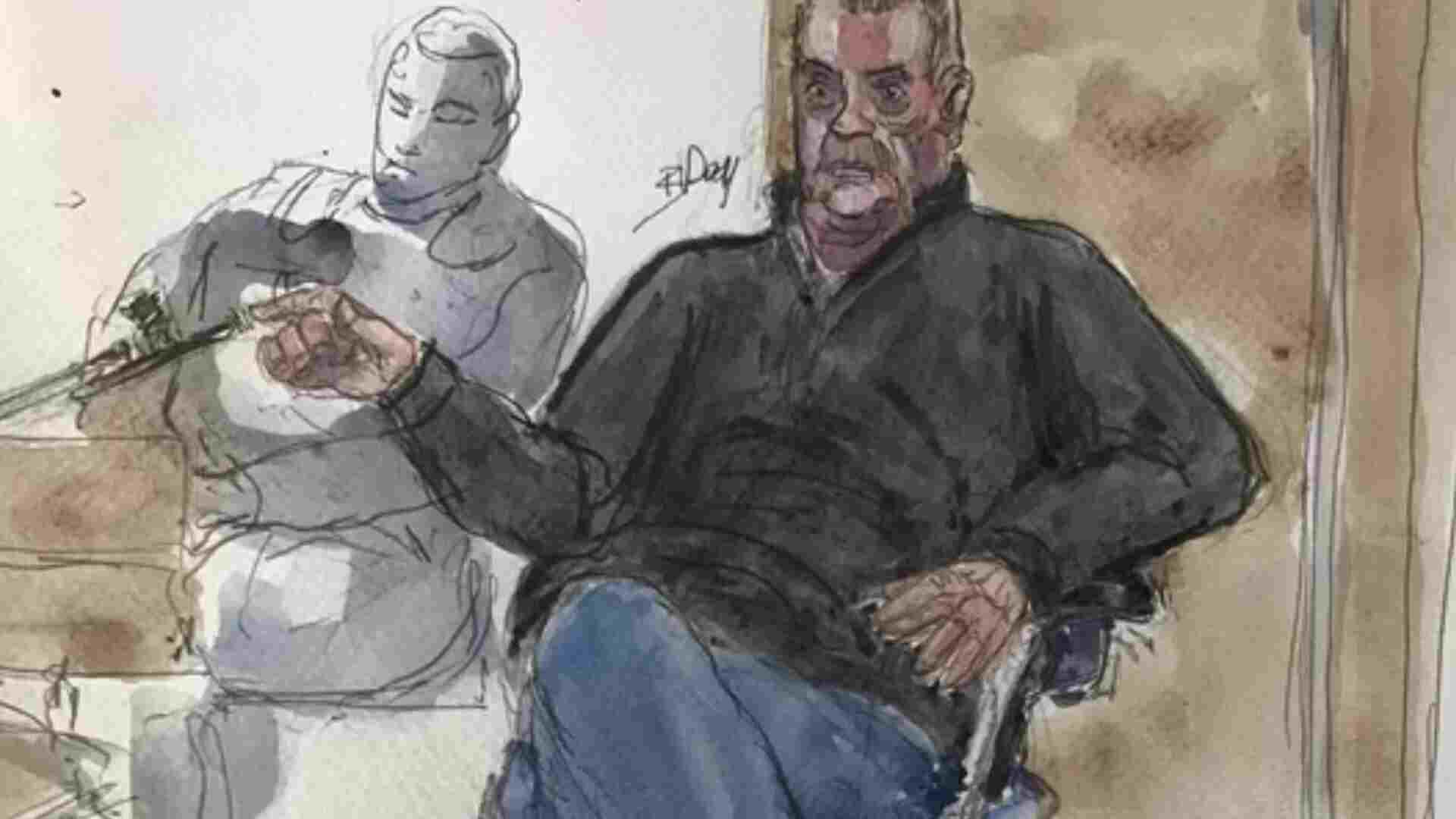
A recent study by the University of Chicago reveals that Earth may be ringed by a layer of unexpectedly fluid rock that is located at the very bottom of the upper mantle.
The researchers analysed the lingering movement that GPS sensors on islands in the Pacific Ocean near Fiji detected after a strong earthquake. The discovery, which was published in Nature on February 22nd, presents a fresh way to gauge the fluidity of the Earth’s mantle.
“Even though the mantle makes up the largest part of Earth, there’s still a lot we don’t know about it,” said Sunyoung Park, a geophysicist with the University of Chicago and the lead author on the study. “We think there’s a lot more we can learn by using these deep earthquakes as a way to probe these questions.”
We still know surprisingly little about the Earth beneath our feet. The furthest anyone has managed to dig down is about seven and a half miles before the increasing heat literally melts the drill. Thus scientists have had to use clues like how seismic waves move to infer the different layers that make up the planet, including the crust, mantle, and core.
One thing that has stymied scientists is a precise measurement of how viscous the mantle layer is. The mantle is the layer below the crust. It’s made of rock, but at the intense temperature and pressures at that depth, the rock actually becomes viscous — flowing very slowly like honey or tar.
“We want to know exactly how fast the mantle flows because that influences the evolution of the entire Earth — it affects how much heat the planet retains for how long, and how the Earth’s materials are cycled over time,” explained Park. “But our current understanding is very limited and includes a lot of assumptions.















